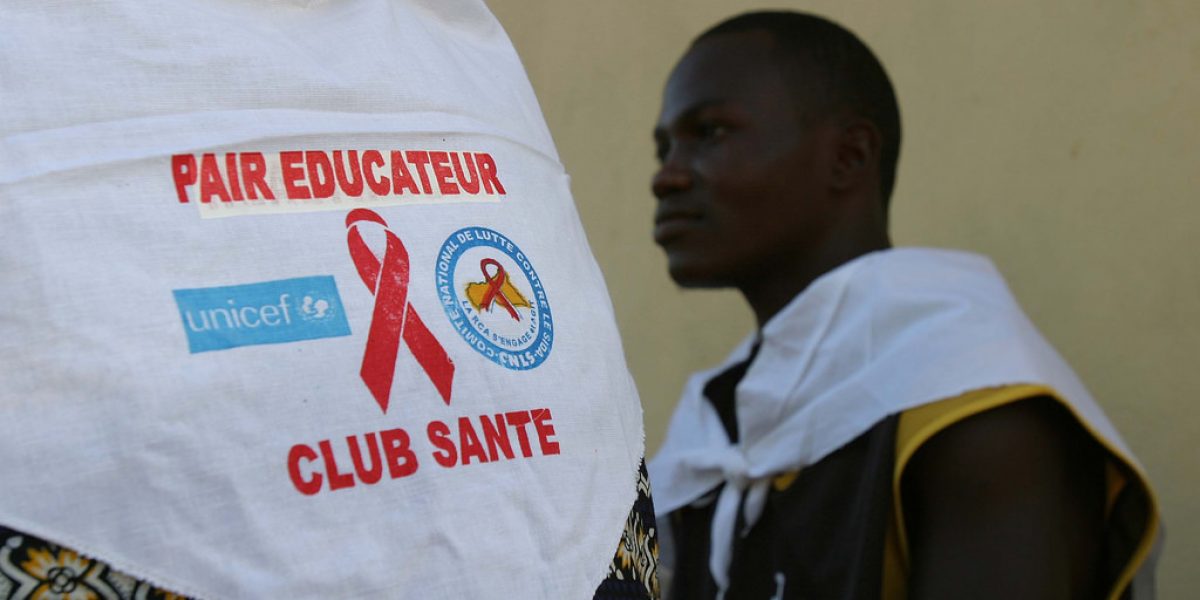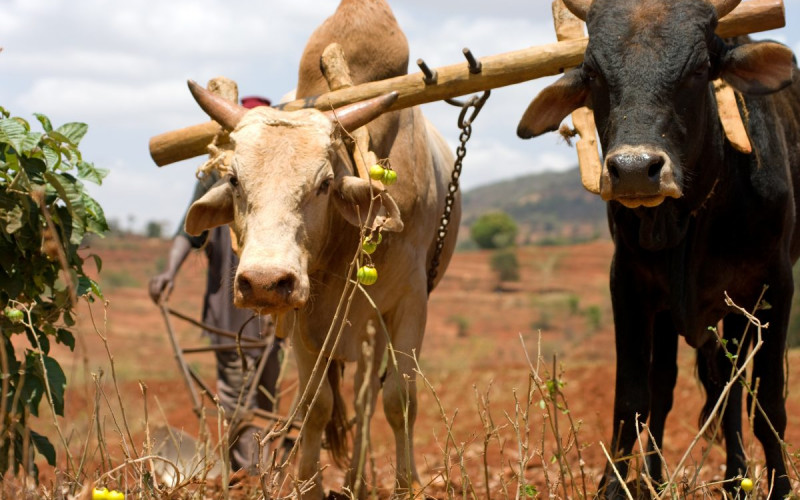Despite being in a continent that had about 64% of all new global HIV/AIDS infections in 2005, three African countries have stood out as good examples in dealing with the pandemic. This seventh report in the series highlights lessons learnt from Botswana, Senegal and Uganda, looking at the history of their national Aids control programmes. Botswana – one of the continent’s top economic performers – has had the highest prevalence rate in the continent. Meanwhile, Senegal and Uganda – both very poor countries with very low rankings on the human development index – have had infection rates of below 2% and 15%, respectively, for most of the period for which there have been HIV/AIDS statistics. These case studies offer lessons on what worked, what did not and what can be learnt from their examples. Their experiences should provide some models of good practice in fighting Aids on the continent.
ISBN: 1-919969-50-0
Series editor: Elizabeth Sidiropoulos







